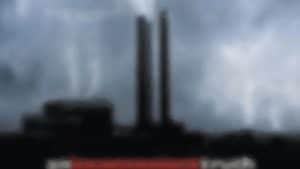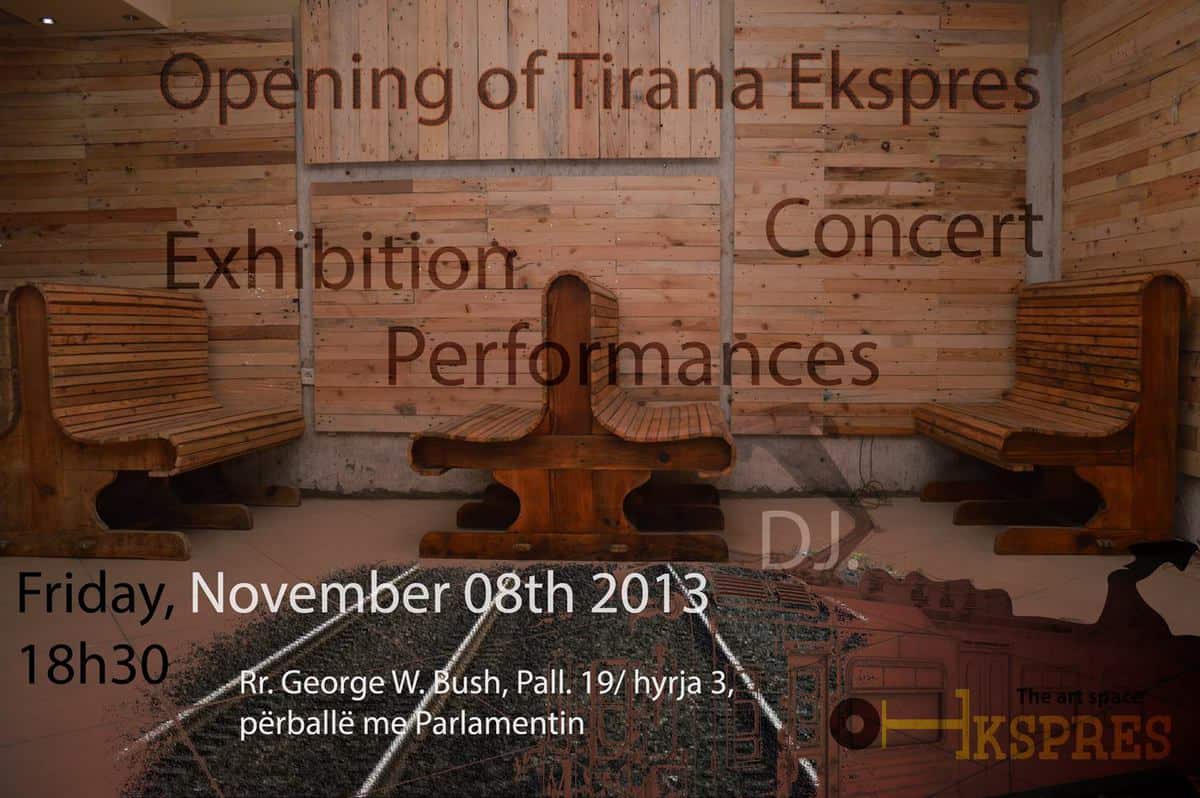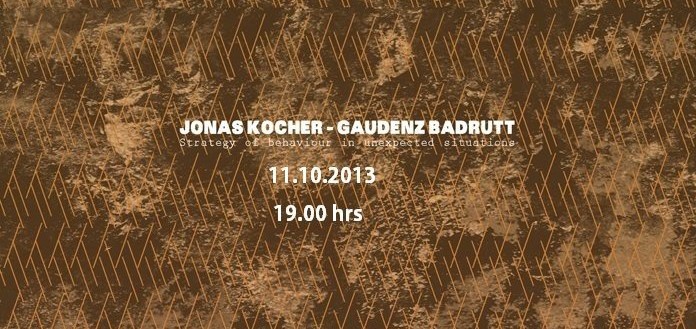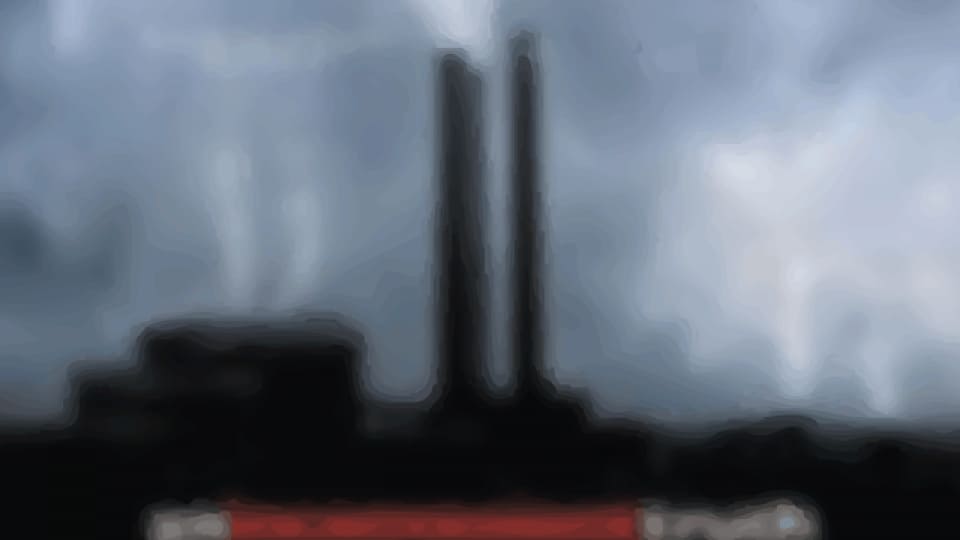Filma, Kultura, Të kaluara
 Tirana Ekspres together with the USA embassy in Tirana will organize the screening of the two times winner of the Academy Award documentary film titled “An inconvenient truth”. This event is organized on the world environment day. Please find the description of the documentary below.
Tirana Ekspres together with the USA embassy in Tirana will organize the screening of the two times winner of the Academy Award documentary film titled “An inconvenient truth”. This event is organized on the world environment day. Please find the description of the documentary below.
INTRODUCTION
An Inconvenient Truth is a 2006 documentary film directed by Davis Guggenheim about former United States Vice President Al Gore’s campaign to educate citizens about global warming via a comprehensive slide show that, by his own estimate made in the film, he has given more than a thousand times.Premiering at the 2006 Sundance Film Festival and opening in New York City and Los Angeles on May 24, 2006, the documentary was a critical and box-office success, winning 2 Academy Awards for Best Documentary Feature and Best Original Song. The film earned $49 million at the box office worldwide, becoming the sixth-highest-grossing documentary film to date in the United States. The idea to document his efforts came from producer Laurie David who saw his presentation at a town-hall meeting on global warming which coincided with the opening ofThe Day After Tomorrow. David was so inspired by Gore’s slide show that she, with producer Lawrence Bender, met with Guggenheim to adapt the presentation into a film.Since the film’s release, An Inconvenient Truth has been credited for raising international public awareness of climate change and reenergizing the environmental movement. The documentary has also been included in science curricula in schools around the world, which has spurred some controversy.
SYNOPSIS
An Inconvenient Truth focuses on Al Gore and on his travels in support of his efforts to educate the public about the severity of the climate crisis. Gore says, “I’ve been trying to tell this story for a long time and I feel as if I’ve failed to get the message across.” The film documents a Keynote presentation (which Gore refers to as “the slide show”) that Gore has presented throughout the world. It intersperses Gore’s exploration of data and predictions regarding climate change and its potential for disaster with his own life story.The former vice president opens the film by greeting an audience with a joke: “I am Al Gore; I used to be the next President of the United States.” Gore then begins his slide show on climate change; a comprehensive presentation replete with detailed graphs, flow charts and stark visuals. Gore shows off several majestic photographs of the Earth taken from multiple space missions, Earthrise andThe Blue Marble. Gore notes that these photos dramatically transformed the way we see the Earth, helping spark modern environmentalism.Following this, Gore shares anecdotes that inspired his interest in the issue, including his college education with early climate expertRoger Revelle at Harvard University, his sister’s death from lung cancer and his young son’s near-fatal car accident. Gore recalls a story from his grade-school years, where a fellow student asked his geography teacher about continental drift; in response, the teacher called the concept the “most ridiculous thing [he’d] ever heard.” Gore ties this conclusion to the assumption that “the Earth is so big, we can’t possibly have any lasting, harmful impact on the Earth’s environment.” For comic effect, Gore uses a clip from the Futurama episode “Crimes of the Hot” to describe the greenhouse effect. Gore refers to his loss to George W. Bush in the 2000 United States presidential election as a “hard blow” yet one which subsequently “brought into clear focus, the mission [he] had been pursuing for all these years.”The Pale Blue Dot, a Voyager 1 photo showing Earth (circled) as a single pixel from 4 billion miles (6.4 billion kilometres) away, is featured in the film. Al Gore points out that all of human history has happened on that tiny pixel, which is our only home.Throughout the movie, Gore discusses the scientific opinion on climate change, as well as the present and future effects of global warming and stresses that climate change “is really not a political issue, so much as a moral one”, describing the consequences he believes global climate change will produce if the amount of human-generated greenhouse gases is not significantly reduced in the very near future. Gore also presents Antarctic ice coring data showing CO2 levels higher now than in the past 650,000 years.The film includes segments intended to refute critics who say that global warming is unproven or that warming will be insignificant. For example, Gore discusses the possibility of the collapse of a major ice sheet in Greenland or in West Antarctica, either of which could raise global sea levels by approximately 20 feet, flooding coastal areas and producing 100 million refugees. Melt water from Greenland, because of its lower salinity, could then halt the currents that keep northern Europe warm and quickly trigger dramatic local cooling there. It also contains various short animated projections of what could happen to different animals more vulnerable to climate change.The documentary ends with Gore arguing that if appropriate actions are taken soon, the effects of global warming can be successfully reversed by releasing less CO2 and planting more vegetation to consume existing CO2. Gore calls upon his viewers to learn how they can help him in these efforts. Gore concludes the film by saying:”Each one of us is a cause of global warming, but each one of us can make choices to change that with the things we buy, the electricity we use, the cars we drive; we can make choices to bring our individual carbon emissions to zero. The solutions are in our hands, we just have to have the determination to make it happen. We have everything that we need to reduce carbon emissions, everything but political will. But in America, the will to act is a renewable resource.” During the film’s end credits, a diaporama pops up on screen suggesting to viewers things at home they can do to combat climate change, including “recycle”, “speak up in your community”, “try to buy a hybrid vehicle” and “encourage everyone you know to watch this movie.” Gore’s book of the same title was published concurrently with the theatrical release of the documentary. The book contains additional information, scientific analysis, and Gore’s commentary on the issues presented in the documentary. A 2007 documentary entitledAn Update with Former Vice President Al Gore features Gore discussing additional information that came to light after the film was completed, such as Hurricane Katrina, coral reef depletion, glacial earthquake activity on the Greenland ice sheet, wildfires, and trapped methane gas release associated with permafrost melting.
As seen on http://en.wikipedia.org/wiki/An_Inconvenient_Truth
View Tirana Ekspres NEW SPACE in a larger map




